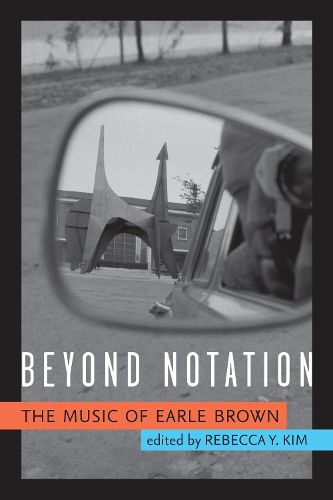Readings Newsletter
Become a Readings Member to make your shopping experience even easier.
Sign in or sign up for free!
You’re not far away from qualifying for FREE standard shipping within Australia
You’ve qualified for FREE standard shipping within Australia
The cart is loading…






Earle Brown (1926-2002) was a crucial part of the seminal group of experimental composers known as the New York School, and his work intersects in fascinating ways with that of his colleagues John Cage, Morton Feldman, and Christian Wolff. This book seeks to expand our view of Brown’s work, addressing his practices as a painter and composer as well as his collaborations with visual artists Alexander Calder, Robert Rauschenberg, and the American abstract expressionists. The essays collected here explore Brown’s compositional methods and their historical place in depth: not only his influential experiments with open form composition and graphic notation, but his interest in collaboration, mixed media, and his engagement with the European avant-garde. The volume includes several short essays by Brown that shed new light on his relationships with colleagues and the ideas that drove his work.
$9.00 standard shipping within Australia
FREE standard shipping within Australia for orders over $100.00
Express & International shipping calculated at checkout
Earle Brown (1926-2002) was a crucial part of the seminal group of experimental composers known as the New York School, and his work intersects in fascinating ways with that of his colleagues John Cage, Morton Feldman, and Christian Wolff. This book seeks to expand our view of Brown’s work, addressing his practices as a painter and composer as well as his collaborations with visual artists Alexander Calder, Robert Rauschenberg, and the American abstract expressionists. The essays collected here explore Brown’s compositional methods and their historical place in depth: not only his influential experiments with open form composition and graphic notation, but his interest in collaboration, mixed media, and his engagement with the European avant-garde. The volume includes several short essays by Brown that shed new light on his relationships with colleagues and the ideas that drove his work.